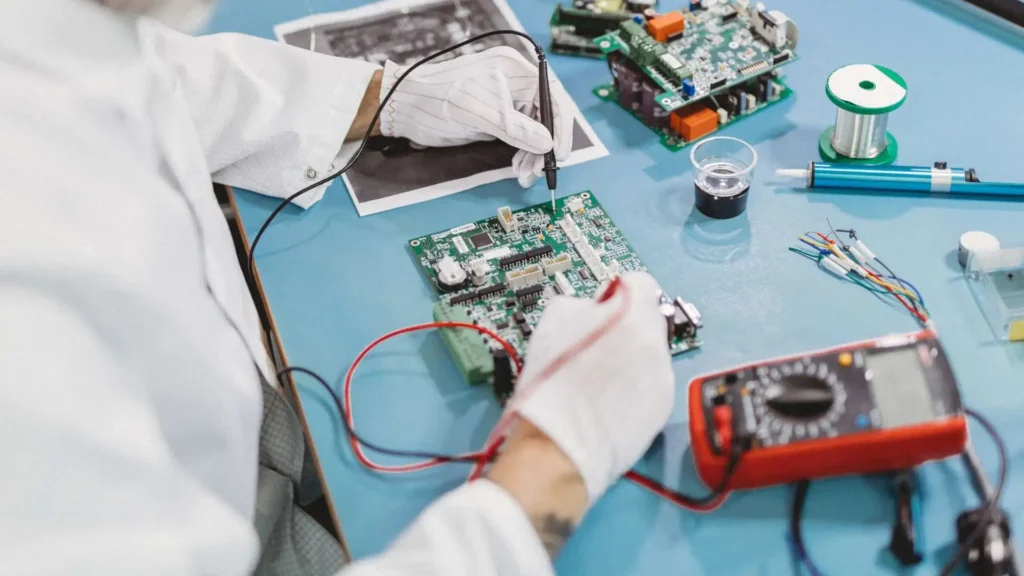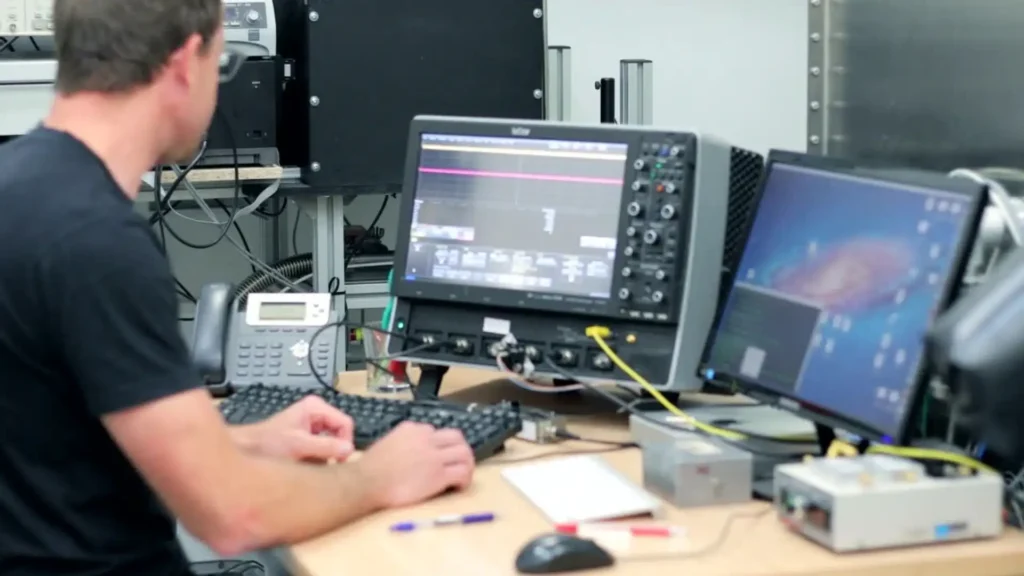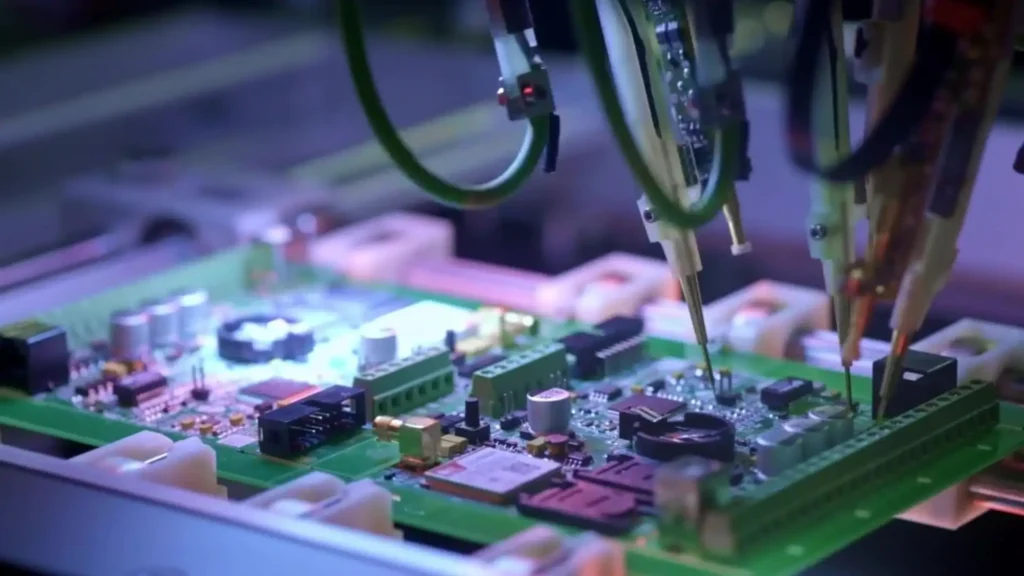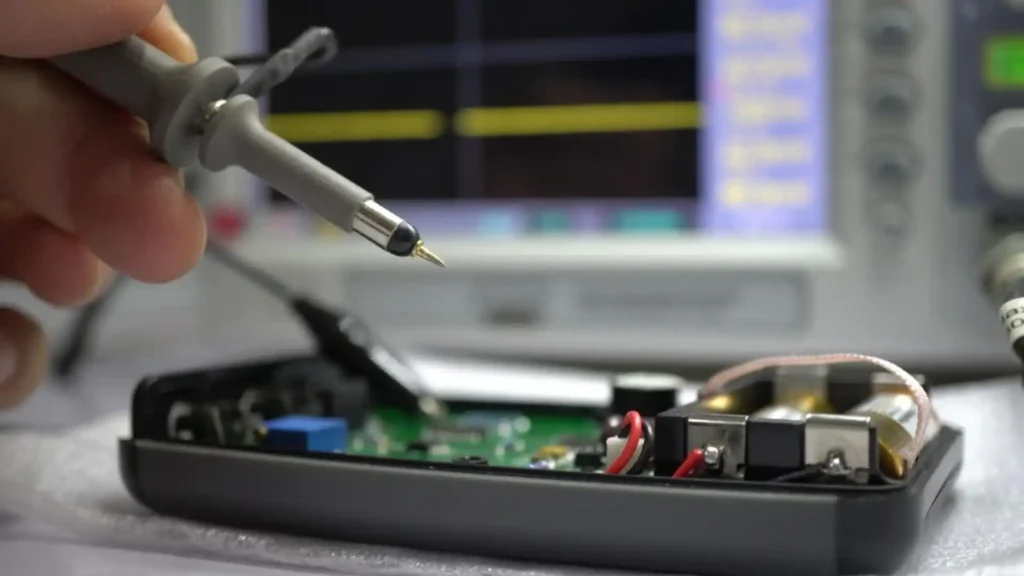The path from idea to market with an electronic product is not easy. High technical and regulatory requirements have to be met under cost and time pressure. There are strong interactions between the requirements right from the start. Customised solutions are required, the adaptation of which becomes increasingly expensive and complex as development progresses. The effort involved is high.
es:serve is our solution that allows you to outsource development tasks. By outsourcing these development processes, you can concentrate on your core competences and rely on the fact that the development is carried out carefully. We reduce the cost of development, making it more affordable and accessible.
Preparation
Concept
Hardware
Prototyping
Software
Validation
Production
In-Life
Detailed description of the functional requirements:

If pre-development is required: Research on technologies, technology assessment, feasibility studies, preliminary investigations
Pre-development
Circuit diagram development
Layout development (PCB design)

If design is required: Design of the mechanical components and the housing, simulation if necessary
Procurement
Production of the prototype

Pre-development
Implementation
Low-Level:
Mid-Level:
Application Level:

System validation
Testing of the entire system to ensure that all requirements and specifications are met. Checking the performance and reliability of the system in the real operating environment and under real operating conditions. Identification of faults and deviations from the desired behaviour.
System calibration
Adjustment and fine tuning of the system components. Calibration of sensors, actuators, filters and controllers to ensure measurement accuracy and system performance.

Preparation
Production
Retail

Series production support
Obsolescence management
Design Refresh


es:scope® is a registered trademark of es:saar GmbH. All Rights reserved.